Inkling
Audiovisual performance (2023)
As my MFA thesis project, Inkling is an experimental music/audio - visual live painting performance in collabration with Shakuhachi musician Devon Osamu Tipp. I’ve focused my practice and studies on both traditional and digital processes during my study. This research culminated in the use of the Suminagashi Japanese ink painting technique, which I then combined with a live slit scan videographic technique.
![]()
![]()
![]()

(Jason Cohn, 2023)


(Jason Cohn, 2023)
Suminagashi:
Suminagashi is an ancient Japanese art. It was created in the 12th century as a technique for decorating paper using ink (sumi) that floats (nagashi) on water. When the ink is applied to the surface of the water, it initially forms a small ring. As water with dish soap applies, it breaks the surface tension of water, therefore the ink expands. In repetition, one after the other, they continue to spread outward in a circular pattern, creating more and more intricate rings.

Suminagashi in process (Qixin Zhang, 2022)
The process embeds the “present” and “history”, and it blends man creating and nature flow. The moment when the ink leaves your control and touches the surface of the water, the fluid nature takes it. The water behavior brings it where it will be and create unpredictable pattern that belong to the specific moment.

‘混沌’ Chaos (Qixin Zhang, 2022)
Slit scan:
Slit scan is a digital tool that captures the movement in a sequence of time into the image.

Hammer thrower in Olympic Games (George Silk, 1960)
This photo above is an example of early slit scan technology which was published in Life Magazine in 1960. George Silk, the photographer invented a portable slit-scanning camera, using a phonograph motor to drive the film past the slit which replaced a conventional shutter. “The image produced by the slit camera turned the hammer thrower at the U.S. tryouts into a cartoon strongman, but also conveyed the intensely private moment of the athlete straining in his endeavour to win. The slit camera pictures were quite abstract and displays strength, speed, and design.” (Golan Levin, n.d).
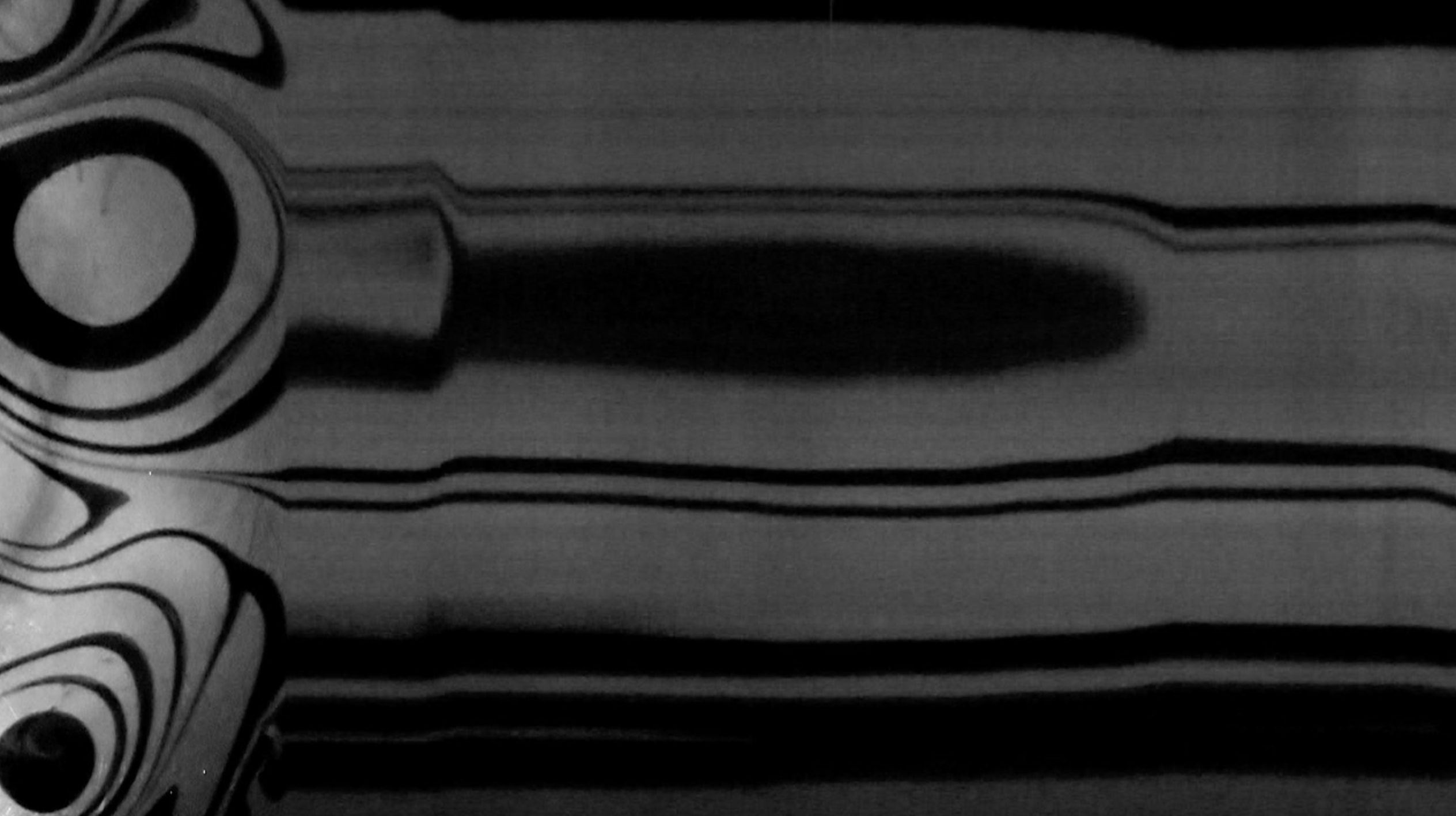
Screenshot of recording with slit scan effect capturing live feed from the left (Zhang, 2023)
Long scroll:

Fuchun Mountain Landscape 富春山居图 1/2, (Huang Gongwang, 1350)
In the experiment, the bloom and flow of ink and slitscan produce a changing landscape. It creates a landscape effect similar to looking out the window of a moving car. I was captivated by this image in motion, because it reminded me of long scroll Chinese landscape ink painting.
Scattered perspective in the term of Chinese painting is also called 移步换景 (changing scenes by moving steps). It suggests the movement and roaming of the observer's gaze and observation points. Compared to the objectivity and science of Western perspective, Chinese perspective is more free and subjective.
Scattered perspective in the term of Chinese painting is also called 移步换景 (changing scenes by moving steps). It suggests the movement and roaming of the observer's gaze and observation points. Compared to the objectivity and science of Western perspective, Chinese perspective is more free and subjective.

Touchdesigner program screenshot, (Qixin Zhang, 2023)
![]()
In Touchdesigner software, I programmed a system including live video feed, real-time rendering and immediate output to projector. The live video input on the left of the screen is flowing and recorded at the edge and stretched out into a moving history. The slit scan effect is translated by feedback loop - the idea is from @elekktronaut.

Panorama of 6 projection in the process of blending (Zhang, 2023)
Inkling was programmed as the part of performance “Variety! Variety! Variety!” The event features multi-media work and performance by Carnegie Mellon and University of Pittsburgh studentsat WQED in Pittsburgh, Pennsylvania, on April 18th, 2023. The WQED is a square-shape sapce, with the wall in a curved corner, which is very ideal for me to spread out the long scroll projection. 6 Sharp NEC M352W ultra shortthrow projectors were used to cover the full wall area.

During Inkling performance (Jason Cohn, 2023)

(Jason Cohn, 2023)
Music:
I met nonbinary musician Devon Osamu Tipp (they/them) in the spring of 2023 in Pittsburgh, when I just started shaping ideas for my thesis performance project. They are a musician who specialized in shakuhachi, a vertical Japanese bamboo flute.
Music and visual are improvised and responsive to each other. Our collaboration began with mutual listening and watching sessions. We tried to communicate with each other through ink and sound. I aimed at painting the tempo and rhythm of notes, and drawing the shape of the music and its timbre. It all happens live and improvised. Those are examples of pictures I response to the sound.
Devon is a professional Shakuhachi player and noise artist. During rehearsal, I noticed a lot of noise created in our improvised conversation. Considering the natural chaos in my visual making, I started to look into the connections of chaos and noise, as well as music and noise.

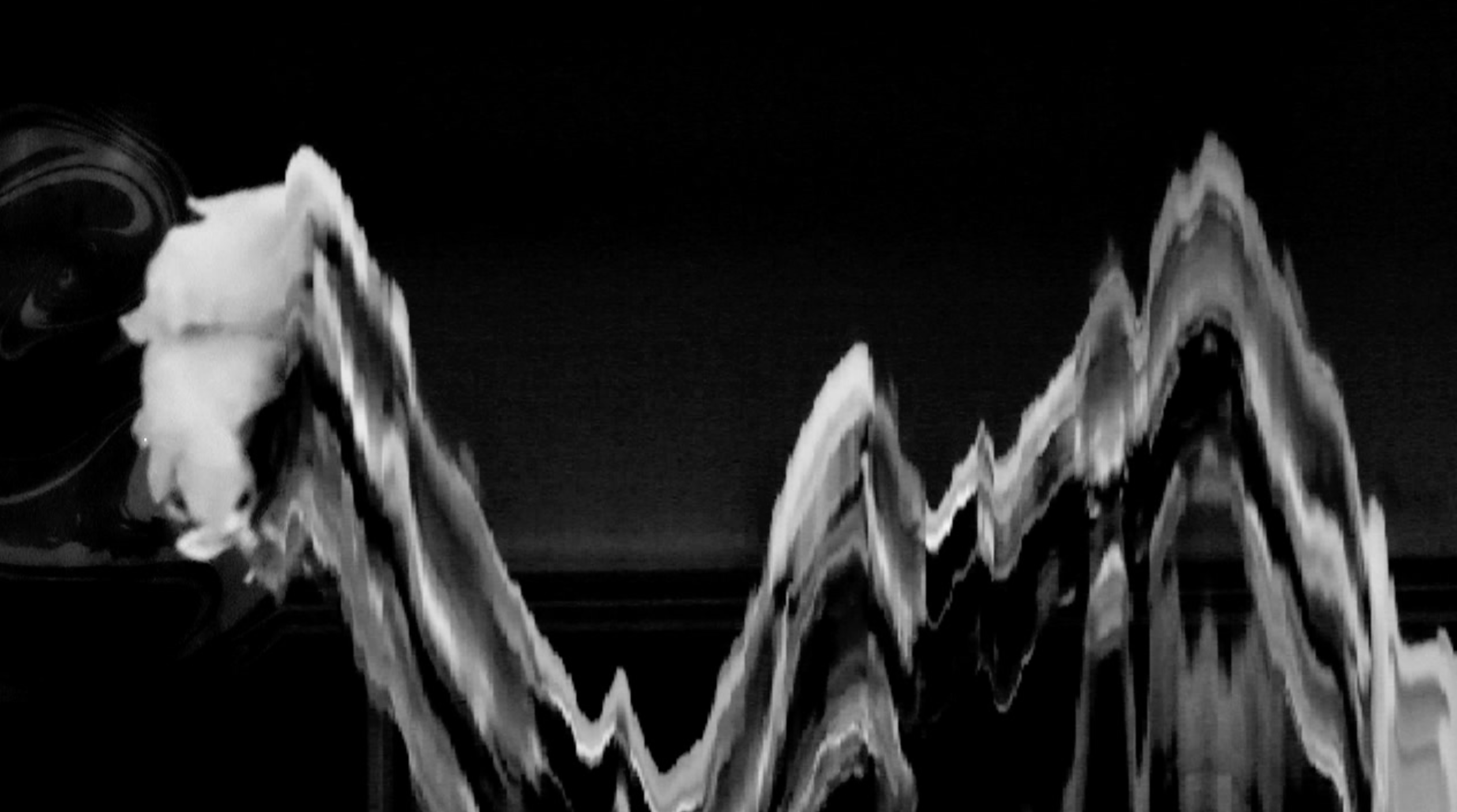
Left:Abstract/chaotic lines transform to birds
Right:The ups and downs of music form the shape of mountain
(Qixin Zhang, 2023)
Right:The ups and downs of music form the shape of mountain
(Qixin Zhang, 2023)


Left: Noise in visual, looks like sound wave of noise
Right: The ending of performance - bubbles being recorded out of chaos (Qixin Zhang, 2023)
Right: The ending of performance - bubbles being recorded out of chaos (Qixin Zhang, 2023)
The “noise” from the shakuhachi is generated with irregular and uneven breath patterns. To me the quick changing, fluctuating notes from the flute visually associated themselves with the abstract and intangible chaos in my images. With a quick movement of my manipulations of objects in front of the camera, the lines stretched out by the slit scan morphed from the silhouette of a mountain to the sound waves of noise. And when I perform, the objects in my hand, along with my hand movement corresponds to the irregular sound, I myself may have uneven breath and somewhat syncing with the musician playing. This assemblage of music, body movement, sound representation and vision deeply fascinates me.
Material and 写意 (freehand brushwork painting):


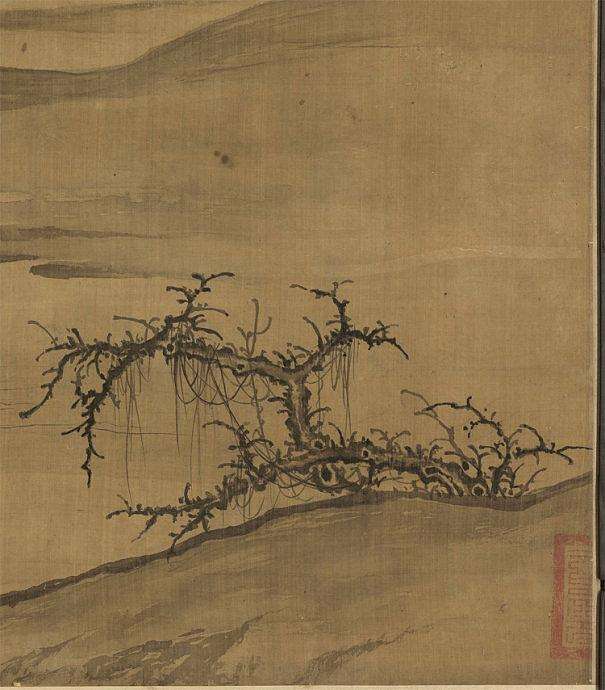
The traditional Chinese freehand brushwork painting style (写意) emphasizes on using expressive and improvisational brushstrokes over realistic representation. Artists pursues the essence of depicted object between resemblance and non-resemblance. In order to touch the essence, artists often achieve it through bold and exaggerated strokes and body movement. For example, in Wu’s painting, he has skillfully utilized and control the pressure and speed of brushstroke create a cracked texture effect to suggest the mountain. This reminds me of the approach that Pollock applied. The marks left by the paintbrush on the medium through body movement become painting.
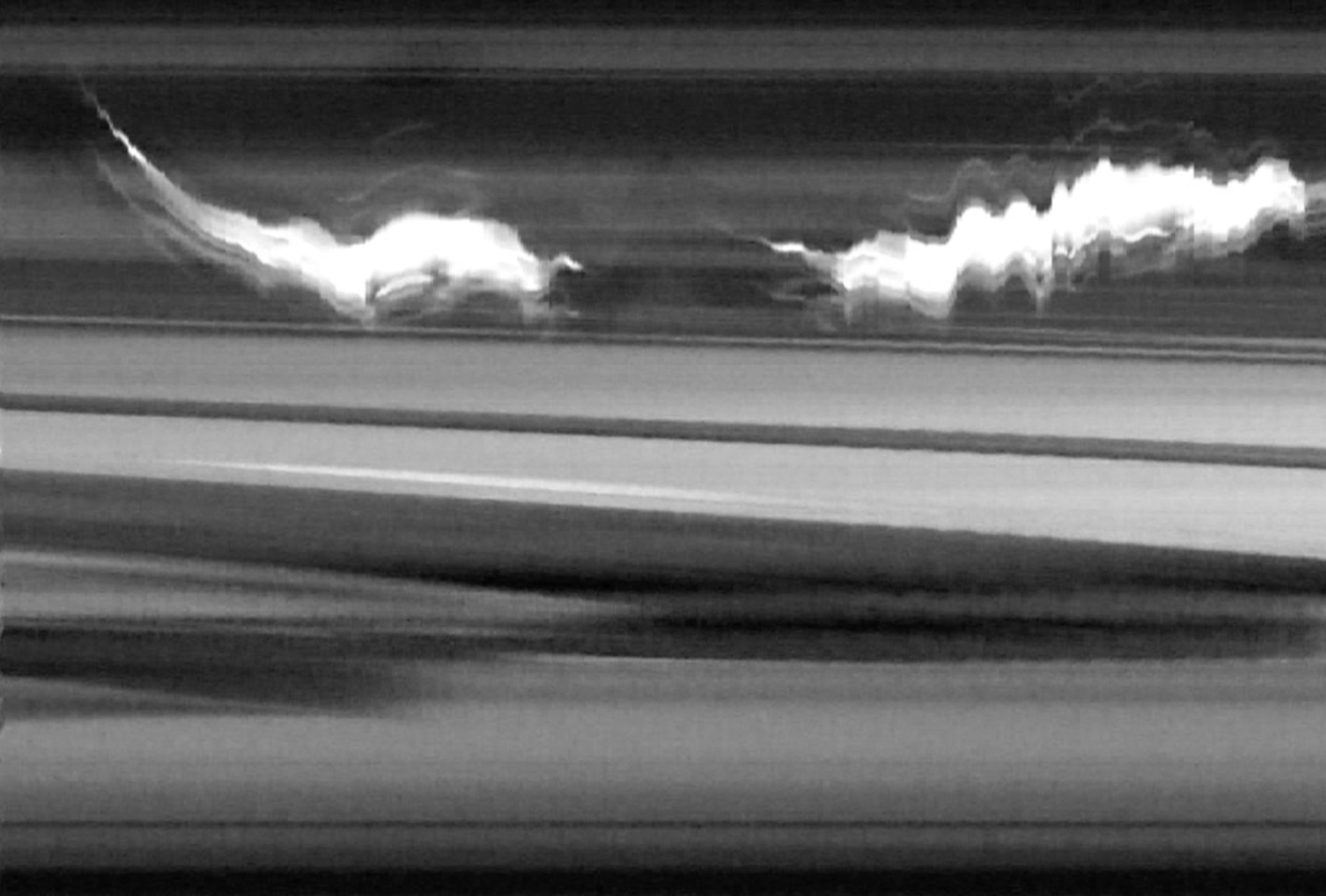
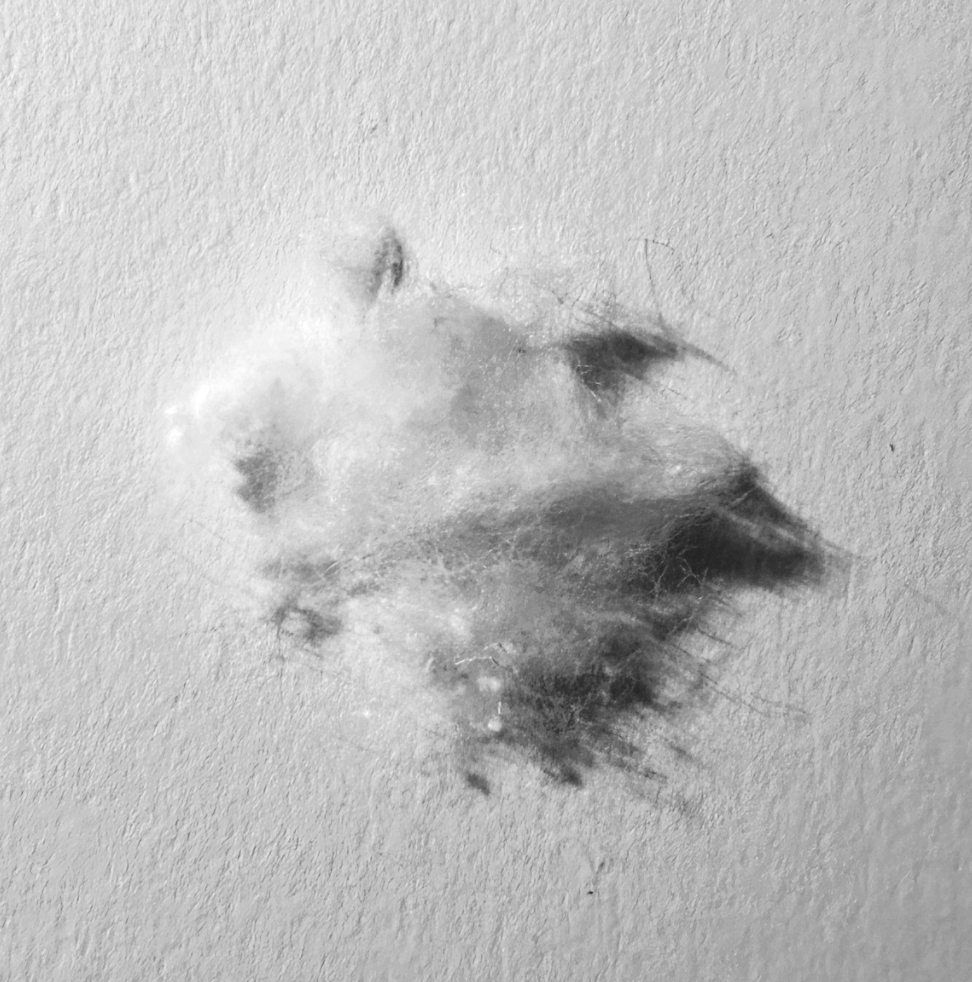
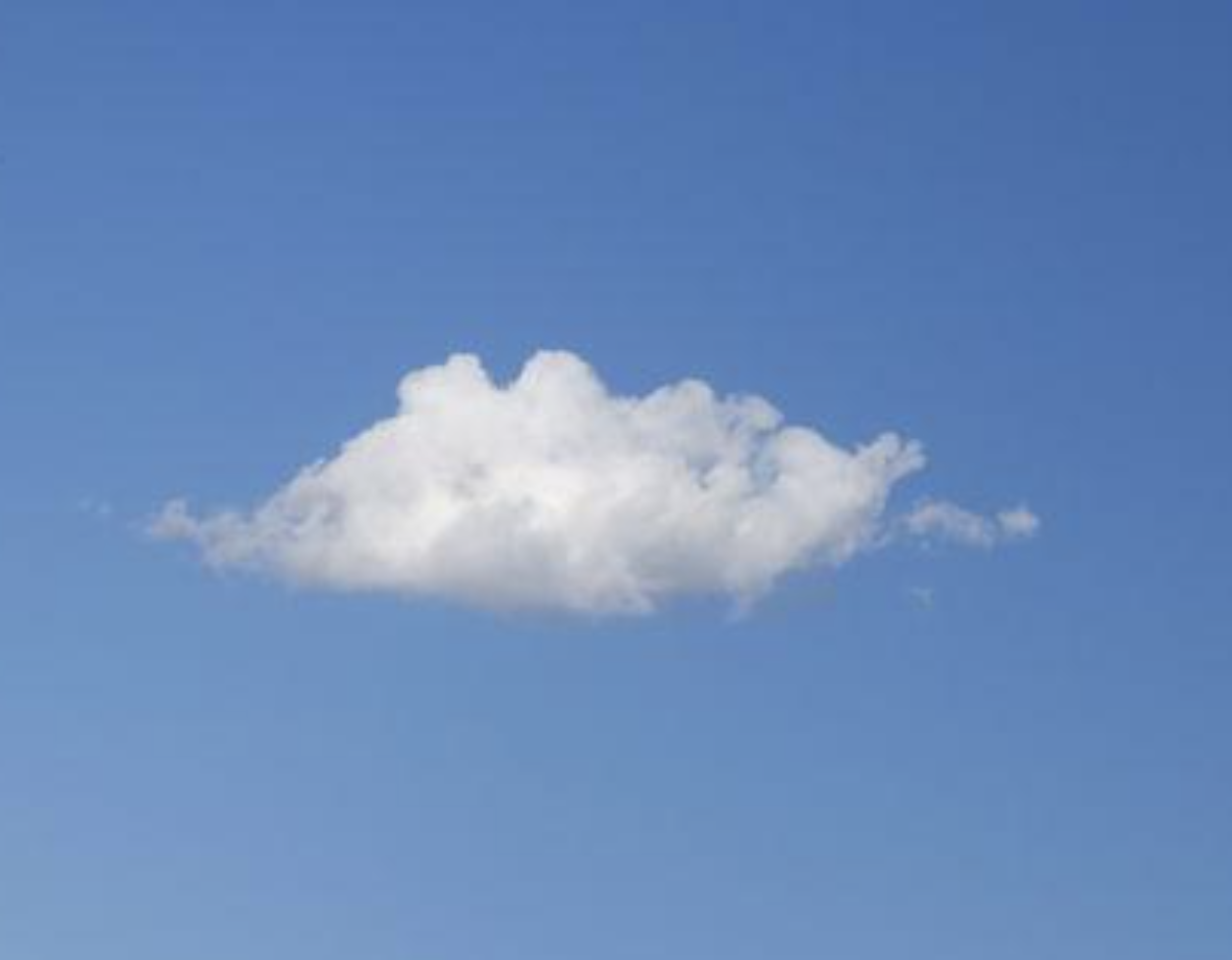
System:
